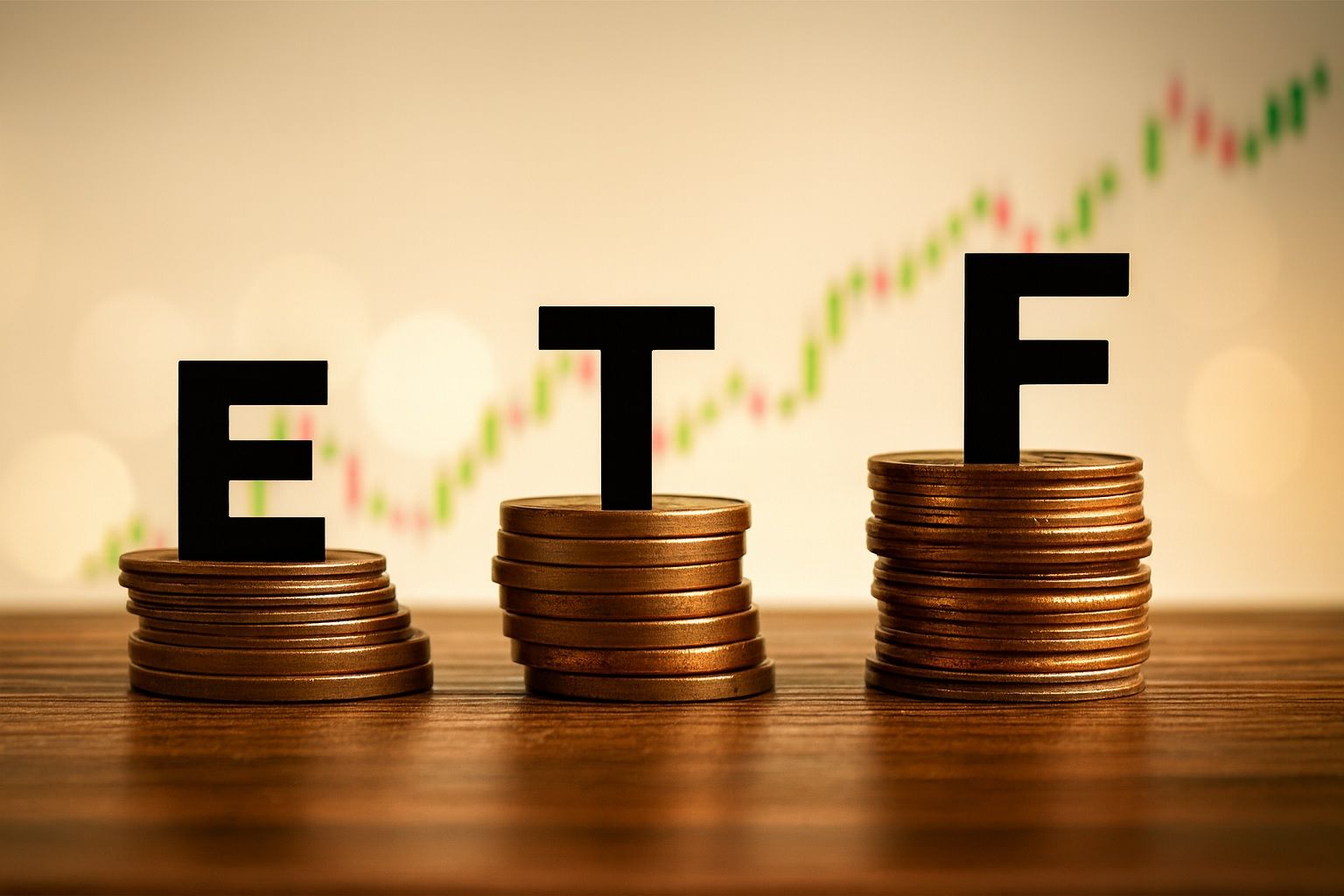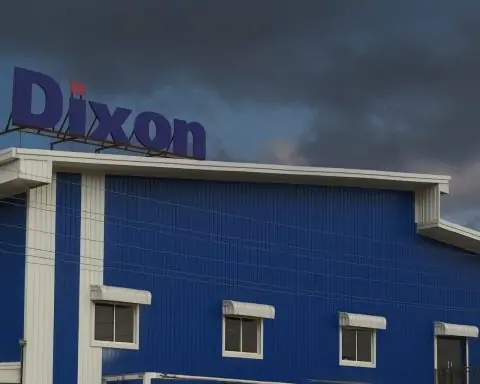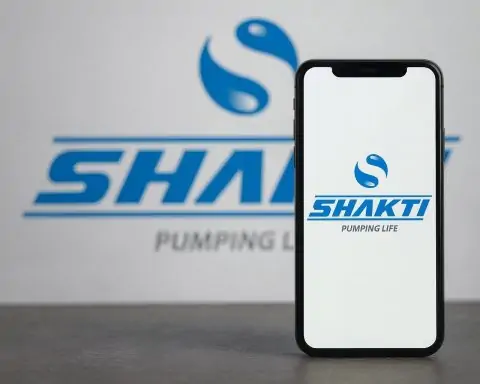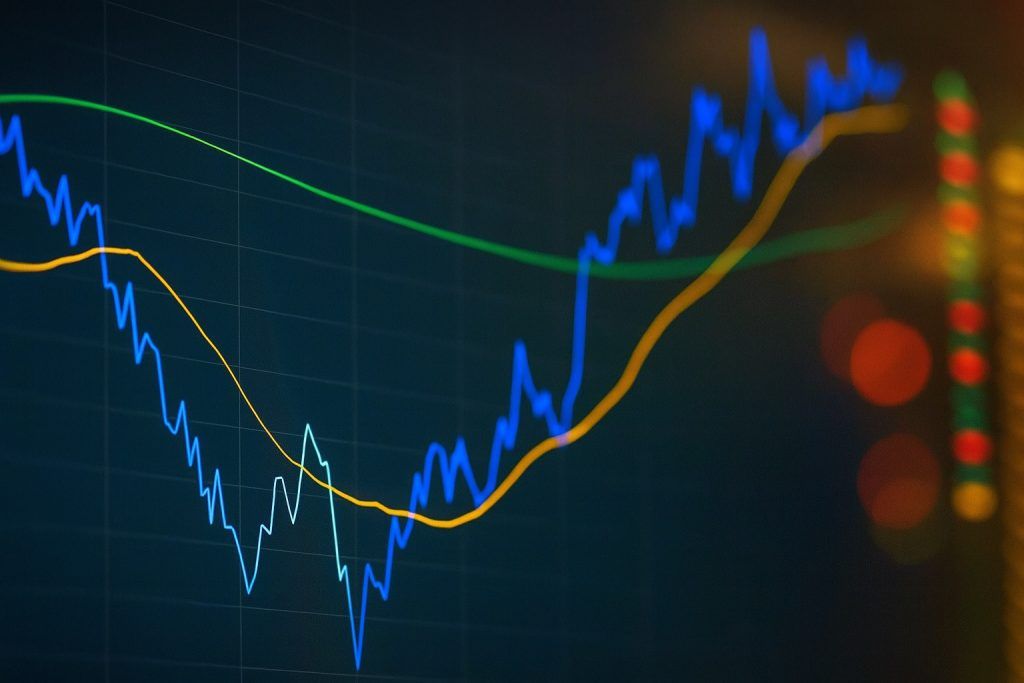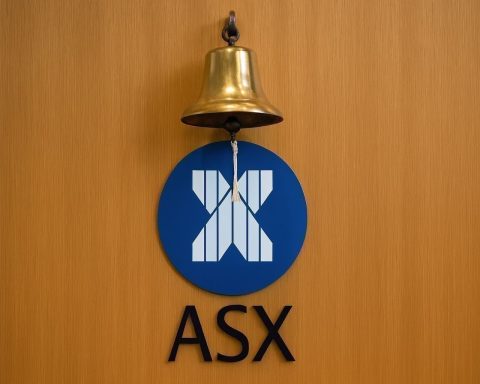- Broad Market Powerhouse: Vanguard’s Total Stock Market ETF (VTI) recently topped $2 trillion in assets, the first ETF ever to hit that mark [1]. It holds over 3,600 U.S. stocks (large-, mid-, and small-caps) for just a 0.03% fee [2], essentially giving investors one-fund access to the entire U.S. equity market.
- Strong 2025 Performance: VTI is up roughly 15% year-to-date in 2025 [3], in line with the S&P 500. In mid-October it was trading around $325 per share [4]. The ETF briefly dropped about 2.7% on Oct. 10 when news broke of new tariffs on Chinese imports [5], but it rebounded strongly the next day as President Trump softened his stance [6] [7].
- Inflows vs. S&P Funds: Recent weeks have seen a notable shift in money flows: roughly $1.03 billion flowed into VTI during the week ending Oct. 10, while about $1.02 billion flowed out of Vanguard’s S&P 500 ETF (VOO) [8] [9]. (Both funds actually climbed in price that week, so this was a genuine rotation of assets.) TipRanks data show VTI drew ~$563M net new money in the five days through Oct. 13 [10], underscoring continued demand even during recent volatility.
- Tech Titans Lead: Mega-cap tech drives much of VTI’s gains. Its top three holdings – Nvidia (~6.5% of the fund), Microsoft (~6.0%) and Apple (~5.6%) – account for about 18–20% of the portfolio [11] [12]. All three have surged in 2025 (e.g. NVDA +40% YTD, MSFT +25%, AAPL +10% [13]), thanks to booming AI and consumer demand. These gains have powered both VTI and the broader market rally.
- Bullish Analyst Outlook: Wall Street analysts remain upbeat on VTI. TipRanks’ ETF consensus rates VTI a “Moderate Buy”, with an average 12-month target around $370–372 [14]. That implies roughly 12–15% upside from current levels. TipRanks also assigns VTI a Smart Score of 8/10, suggesting it is likely to outperform the market [15]. (Analysts are similarly bullish on NVDA, MSFT and AAPL: NVDA and MSFT both carry “Strong Buy” consensus ratings, and even Apple is at a “Moderate Buy” [16].)
- ETF Industry Trends: The ETF boom is in full swing: U.S. ETF assets surpassed $12.7 trillion by the end of September 2025 [17], with year-to-date net inflows a record ~$951B [18]. Vanguard funds control roughly 28.7% of U.S. ETF assets (~$3.65T) [19], reflecting investors’ love of its low fees. In this landscape, VTI’s ~$544B AUM (Sept. 2025) makes it one of the largest ETFs in the world [20].
- Low Costs & Diversification: VTI shares Vanguard’s ultra-low 0.03% expense ratio with VOO, far below SPY’s 0.0945%. Analysts note investors have a “growing preference for lower-cost options” [21]. State Street’s SPY has suffered ~$32.7B in 2025 outflows due to its higher fee, while VOO/IVV have attracted tens of billions [22]. VTI is benefiting from this trend – it offers broad market exposure (including the “other 20%” of U.S. stocks not in the S&P 500) at no extra cost [23], giving wary investors diversified upside in small- and mid-caps as well as tech.
Market Backdrop – Fed and Trade News
U.S. stocks have been in a record-setting rally this fall, but newsflow has kept volatility high. After plunging on Oct. 10 when Trump announced 100% tariffs on Chinese goods, markets snapped back on Oct. 13 when he “softened his tone” on trade [24] [25]. That Monday rally lifted the S&P 500 +1.56% (Nasdaq +2.21%) [26], powered largely by chipmakers like Broadcom and Nvidia. Analysts noted that AI-driven tech stocks were “the momentum driver” and that investors bought the dip [27]. Meanwhile, gold hit a new record above $4,100/oz as traders nervously bought safe havens [28] [29] – a sign that uncertainty (especially over trade) remains elevated.
On Oct. 14, markets resumed a cautious tone. Global equities fell roughly 0.7%, and futures pointed to a lower open in the U.S., after comments from U.S. Treasury Secretary Scott Bessent that China was trying to “damage the global economy” [30]. Marc Velan of Lucerne Asset Management wryly observed that both sides seem “posturing before the November summit – escalate to de-escalate” [31], suggesting last week’s tariff threats could just be brinkmanship. Still, VTI (like the rest of the market) was sensitive: it turned slightly negative on the day, trimming Monday’s gains [32]. In sum, the macro theme is a tug-of-war between Fed easing hopes (markets put ~95% odds on a 25bp rate cut in late Oct [33]) and persistent trade-war jitters.
VTI ETF Details & Recent Moves
VTI is Vanguard’s flagship total-market fund, tracking the CRSP U.S. Total Market Index. Its massive $544B+ asset base (as of Sept 2025 [34]) spans all market caps, making it a one-stop U.S. equity play. By late 2025, its largest sectors are tech, financials and health care – driven primarily by the mega-cap tech weights noted above. The fund trades around $320–330 and pays no dividend (any yield is reinvested in the NAV). Its 3-month avg. volume is ~3.8M shares, and demand is strong: investors poured significant capital into VTI during recent weeks [35] [36].
As the October trade scare hit, VTI’s price fell with the broad market: it closed Oct 10 at $321.80 [37] (down 2.69% on the day). But even during that sell-off, investors kept buying. TipRanks notes VTI saw about $917 million of net inflows in the five days ending Oct 13 [38]. By Oct 13 pre-market, VTI was already up ~1.2% on the day (at ~$325) as Trump signaled he didn’t really want a trade war [39]. On Oct 13’s close, VTI had gained ~1.5% from the prior day [40]. (By contrast, the S&P 500 and Nasdaq posted roughly similar moves.) In short, VTI has stayed near its all-time highs, reflecting the year’s broad rally.
Investors Shift to Broad, Low-Cost Funds
A striking trend is the divergence in flows between Vanguard’s two big U.S. equity ETFs. Over the first week of October, about $1.02B exited VOO (the S&P-500 ETF) even as its price inched higher, while roughly $1.03B entered VTI [41] [42]. TechStock² (ts2.tech) summarizes: investors aren’t fleeing technology, but “betting on top of” the big tech winners by adding mid- and small-caps [43]. In other words, they’re rotating toward the broader market ETF. This fits a wider pattern: SPY (State Street’s S&P ETF) – the market leader for decades – has recorded record outflows ($32.7B so far in 2025) as cheap alternatives gain favor [44].
The deciding factor is costs. Vanguard’s VOO and iShares’ IVV charge just 0.03%, versus 0.0945% for SPY. As one analyst put it, rival low-fee funds have “surged ahead, attracting billions” [45]. VTI joins this club with its 0.03% fee, but also offers extra diversification. It automatically captures the roughly “other 20%” of U.S. stocks that sit outside the S&P 500 [46]. During 2025’s rally, small-caps are up ~34% vs. ~30% for large caps [47], so VTI holders benefit more broadly from the market’s upswing. TechStock² notes that VTI’s inflows signal confidence in “a broader upswing beyond ‘just the big five’” tech names [48].
Analyst Forecasts and Outlook
Most market pros see VTI continuing its run. The average 12-month price target on VTI (via TipRanks) is in the $370–372 range [49], about a 12–15% gain from mid-$320s. This assumes U.S. tech remains strong and economic data stay supportive. For example, analysts highlight Nvidia’s AI boom (+40% YTD) and Microsoft’s robust cloud/gaming businesses [50] as ongoing tailwinds. Even Apple’s solid iPhone 17 sales justify cautious optimism. TipRanks’ “Smart Score” of 8 (out of 10) also suggests VTI is poised to outperform the broad market in coming months [51].
That said, risks remain. Geopolitical flare-ups (e.g. U.S.-China tariffs) or an unwelcome inflation surprise could trigger corrections. For now, though, Fed policy is tilting bullish: futures markets have priced in a ~95% chance of a quarter-point Fed cut at the October meeting [52]. If inflation shows further cooling, that would turbocharge this rally. Conversely, stubborn prices could disappoint. Investors will also watch corporate earnings (big banks report on Oct 14–15, for example) for any sign of trade-war pain.
Bottom Line: As of mid-October 2025, Vanguard’s VTI ETF looks like a juggernaut of the rally. It boasts massive size, rock-bottom fees, and a perfect blend of mega-cap tech and market breadth. Flows have confirmed investor enthusiasm – even amid volatility – and analysts generally expect more upside (median target ~+$45 from current levels [53]). In short, VTI is seen as a core holding by many strategists: a low-cost, one-stop way to ride the broad U.S. market’s gains [54] [55]. Whether this continues depends on the same factors moving all of Wall Street: Fed moves, earnings, and above all, how the U.S.-China saga plays out.
Sources: Recent data and commentary on VTI and market trends come from TipRanks and TechStock² (ts2.tech) ETF reports [56] [57], Reuters market coverage [58] [59], and industry press releases [60] [61]. All figures (ETF flows, price targets, returns) are from those sources as of mid-Oct 2025.
References
1. ts2.tech, 2. ts2.tech, 3. ts2.tech, 4. ts2.tech, 5. ts2.tech, 6. www.reuters.com, 7. www.tipranks.com, 8. ts2.tech, 9. ts2.tech, 10. www.tipranks.com, 11. www.tipranks.com, 12. ts2.tech, 13. ts2.tech, 14. ts2.tech, 15. ts2.tech, 16. ts2.tech, 17. etfgi.com, 18. etfgi.com, 19. etfgi.com, 20. etfgi.com, 21. ts2.tech, 22. ts2.tech, 23. ts2.tech, 24. www.reuters.com, 25. www.reuters.com, 26. www.reuters.com, 27. www.reuters.com, 28. www.reuters.com, 29. www.reuters.com, 30. www.reuters.com, 31. www.reuters.com, 32. www.tipranks.com, 33. ts2.tech, 34. etfgi.com, 35. www.tipranks.com, 36. ts2.tech, 37. www.tipranks.com, 38. ts2.tech, 39. www.tipranks.com, 40. www.tipranks.com, 41. ts2.tech, 42. ts2.tech, 43. ts2.tech, 44. ts2.tech, 45. ts2.tech, 46. ts2.tech, 47. ts2.tech, 48. ts2.tech, 49. ts2.tech, 50. ts2.tech, 51. ts2.tech, 52. ts2.tech, 53. ts2.tech, 54. ts2.tech, 55. ts2.tech, 56. www.tipranks.com, 57. ts2.tech, 58. www.reuters.com, 59. www.reuters.com, 60. etfgi.com, 61. etfgi.com
